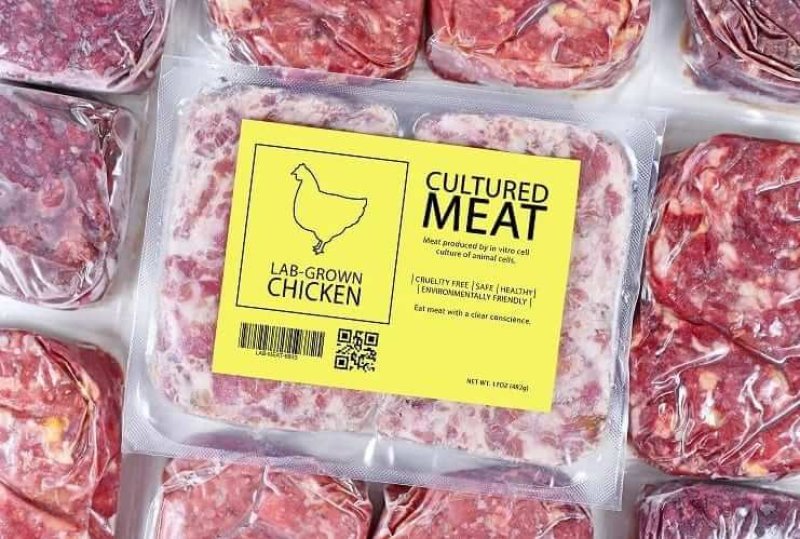To meet the increasing demand for food by a growing population in 2050, the FAO has concluded that 70% more food will be needed to fulfill this demand. In this context, livestock systems will be a vital element in addressing global food and nutrition security in the world. However, to avoid criticism of livestock farming concerning environmental and animal welfare issues, more efficient ways of protein production are being developed to sustain the growing global population.
One option is to culture muscle cells in an appropriate culture medium, the most efficient so far being a medium containing [fetal bovine serum, or] FBS. The medium should provide nutrients, hormones, and growth factors, so that muscle cells will proliferate before being converted into muscle and hence produce a huge amount of meat from a limited number of cells. Hopefully, thanks to technical advances, FBS has been replaced, at least in research laboratories, but maybe not yet at the industrial level.
Furthermore, as hormone growth promoters are prohibited in conventional farming systems for conventional meat production in the European Union, this is still an issue. However, this technique is able to produce disorganized muscle fibers which are far removed from real muscle, and this is a huge limitation in seeking to reproduce the wide range of meats representing the diversity of animal species and breeds, as well as muscles or cuts. Moreover, the role of blood vessels and blood, nerve tissue, intramuscular fats, and connective tissue affect both taste of meat. Indeed, a number of the “good” veggie meat burgers fail on texture and taste from the point of view of being too uniform.
The nutritional quality of cultured meat can be theoretically controlled by adjusting the fat composites used in the medium of production. This is also the case with conventional meat, with newly-developed strategies increasing the content of omega-3 fatty acids in meat with current livestock farming systems. However, controlling the micronutrient composition of cultured meat is still a research issue. Finally, the impact of cultured meat consumption on human health will have to be carefully checked and documented.
Regarding [greenhouse gases, or] GHG, there is no consensus on the potential advantages in terms of GHG emissions of lab-grown meat compared to conventional meat on a short-term or long-term basis.
Despite its current high price, the production costs of cultured meat will probably decrease in the near future. This may help consumer acceptance, despite a strong rejection of names that refer to “in vitro” or “cultured” meat technology. However, cultured meat will be in competition with other meat substitutes already on the market and better accepted by consumers, such as plant-based products.
Ethically, cultured meat aims to use considerably fewer animals than conventional livestock, which makes the product attractive to vegetarians and vegans. However, a few animals will still need to be reared so that their cells can be harvested to produce in vitro meat.
Moreover, the religious authorities are still debating; whether in vitro meat is Kosher (consumable under Jewish dietary laws), Halal (for Muslim consumers, compliant with Islamic laws).
In conclusion, it seems clear that research projects on cultured meat have had a limited scope as in vitro meat development is still in its infancy. The product will evolve continuously in line with new discoveries and advances that optimize the production, quality and efficiency of cell division. It remains to be seen whether this progress will be enough for artificial meat to be competitive in comparison to conventional meat and the increasing number of meat substitutes.
































